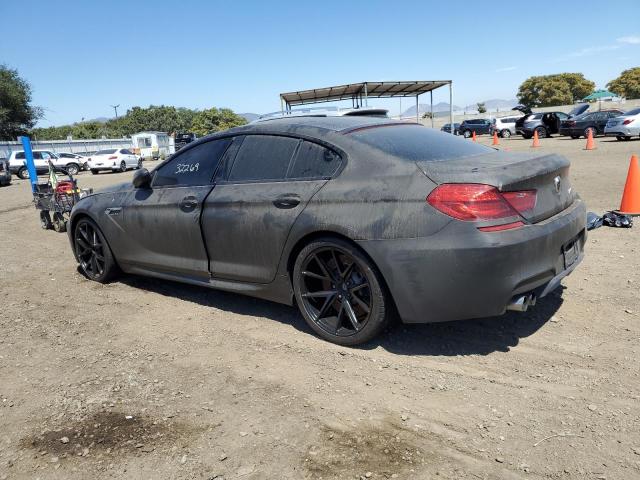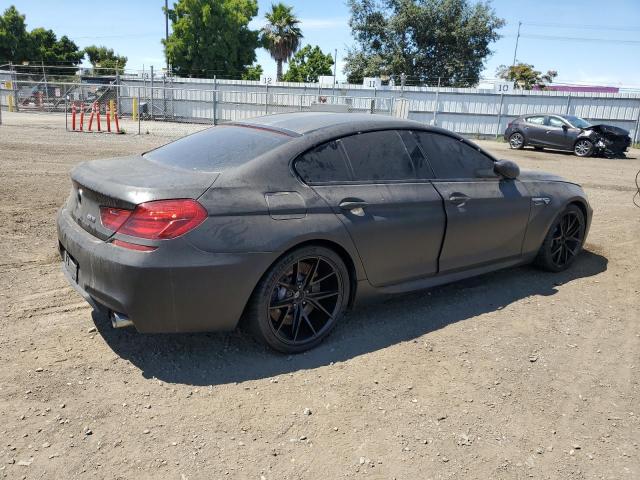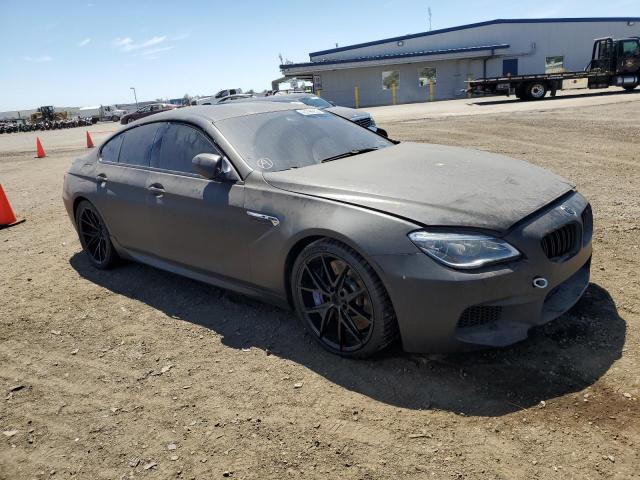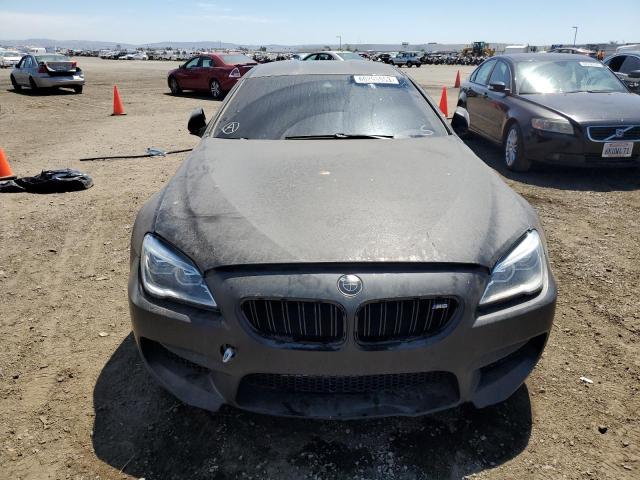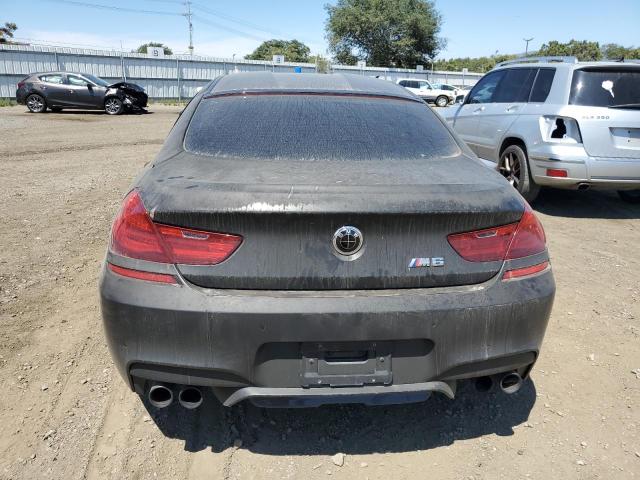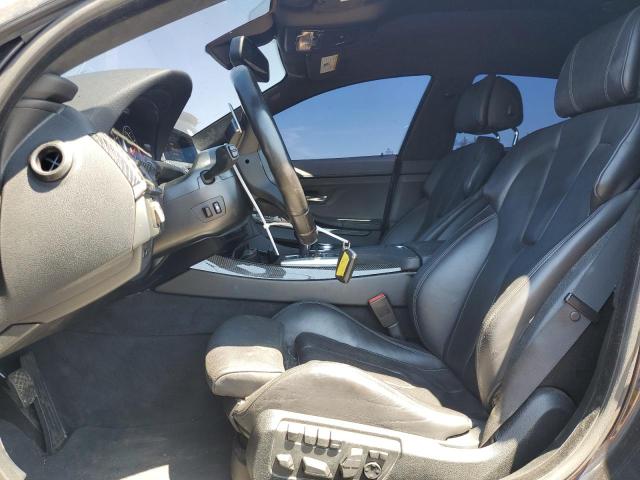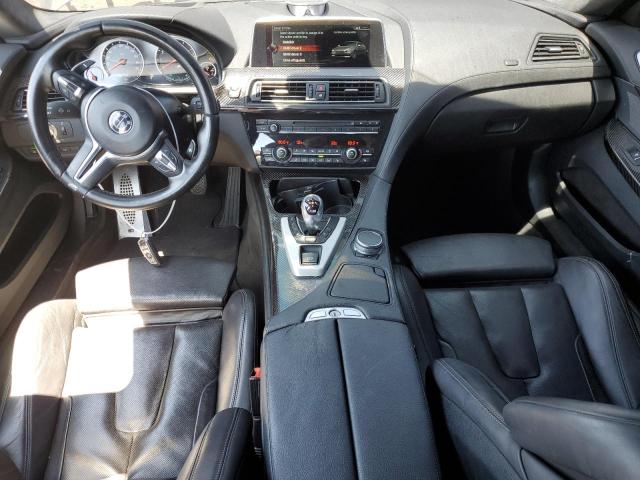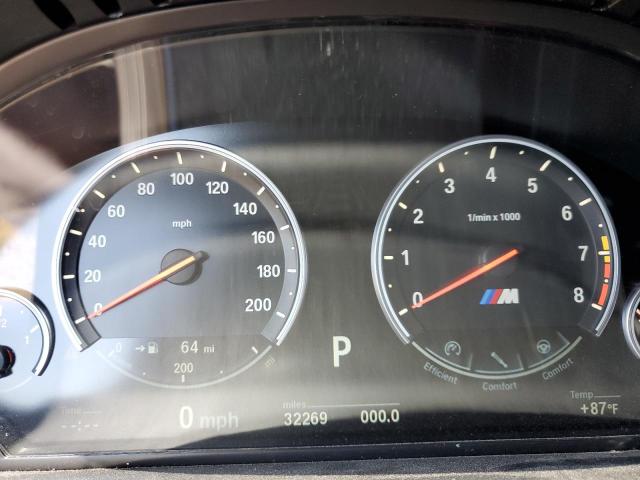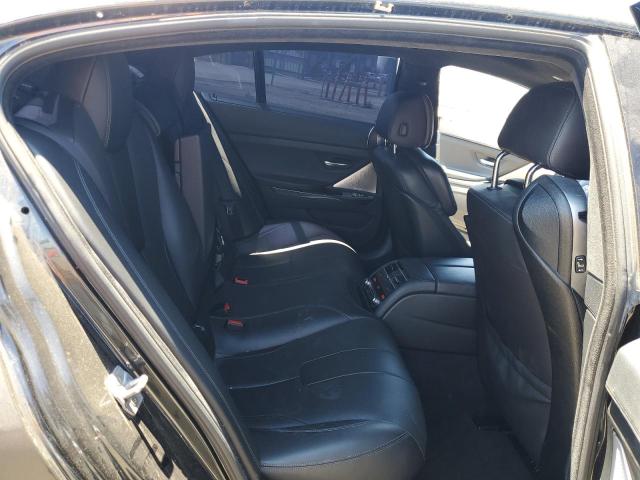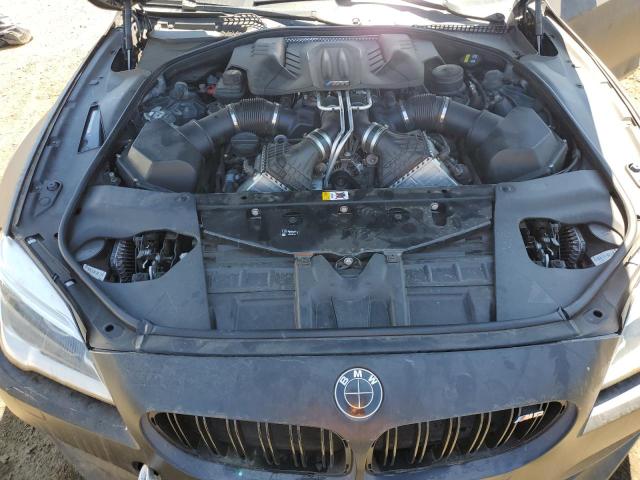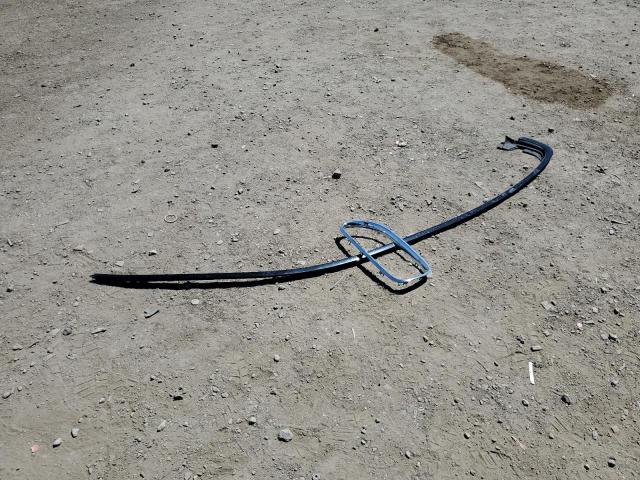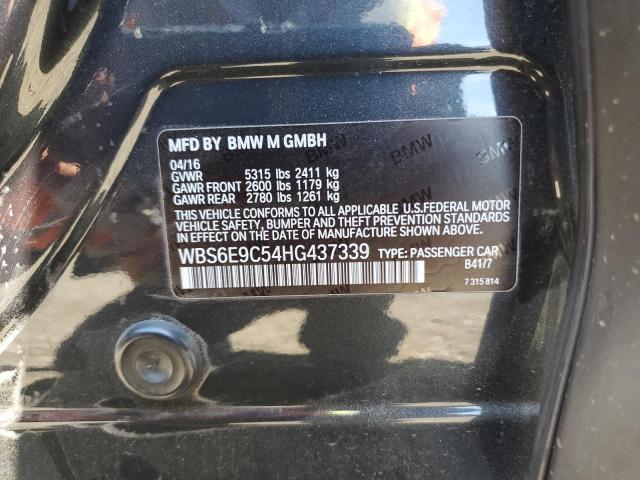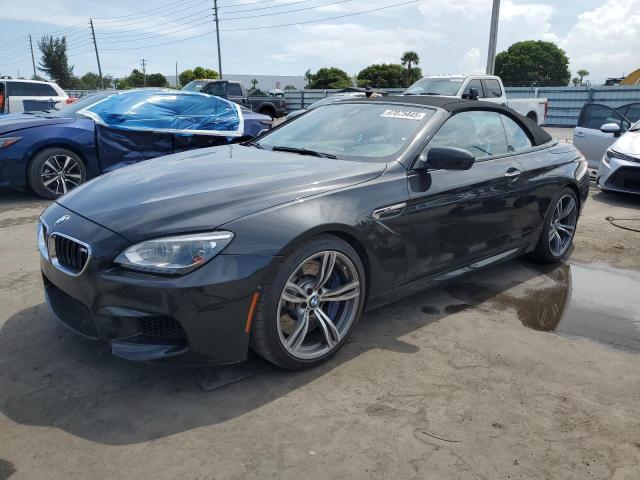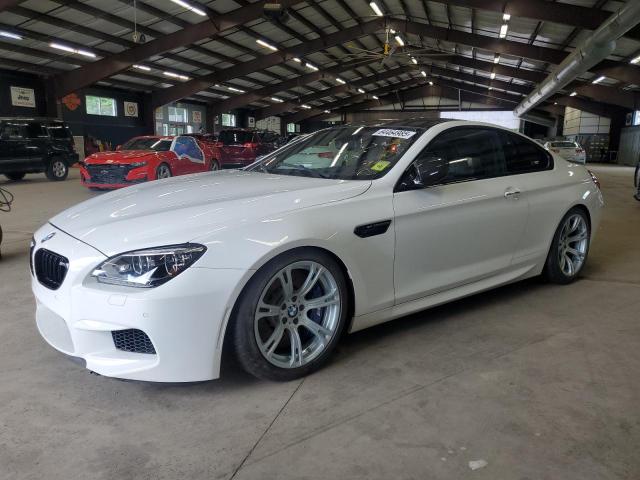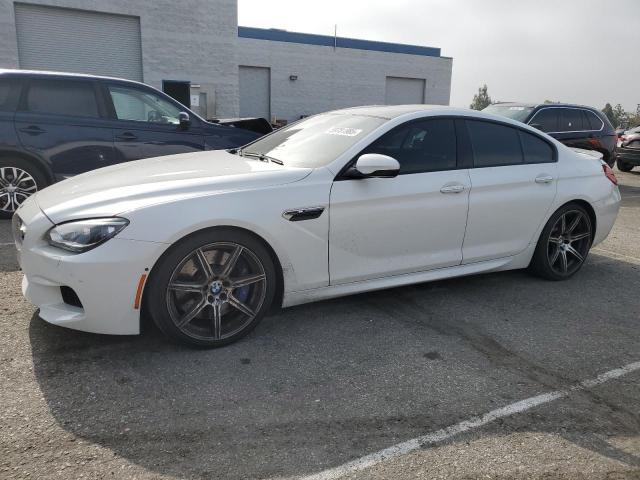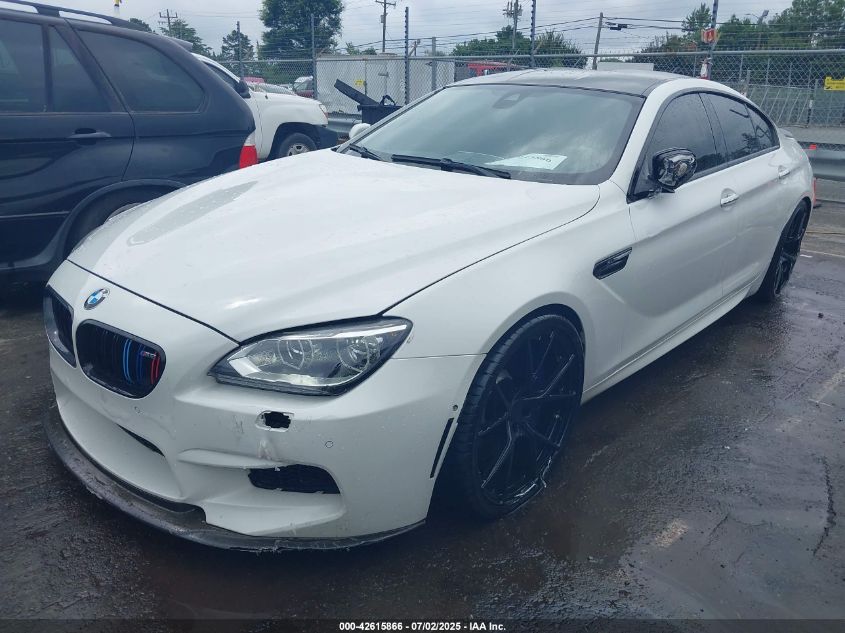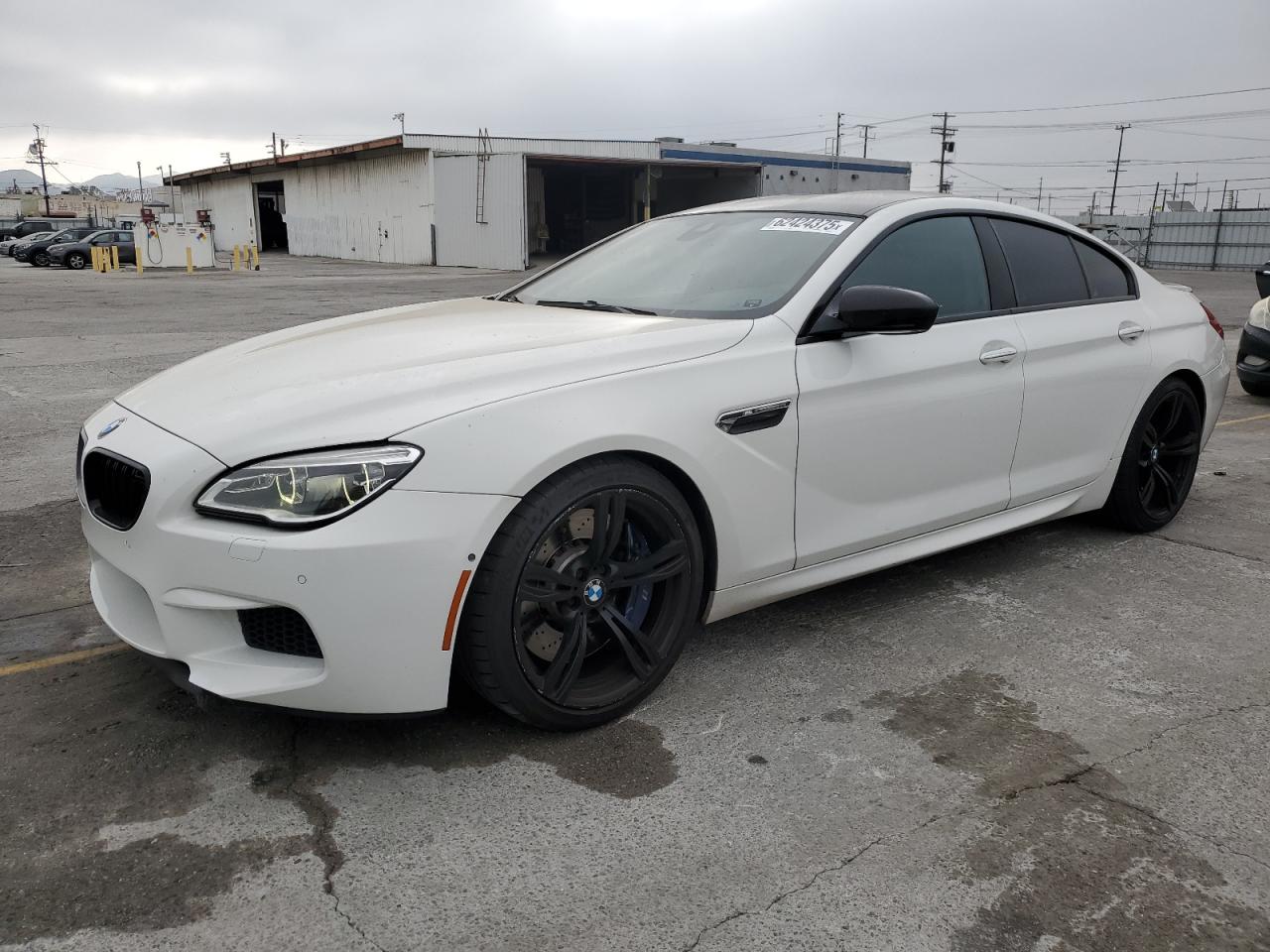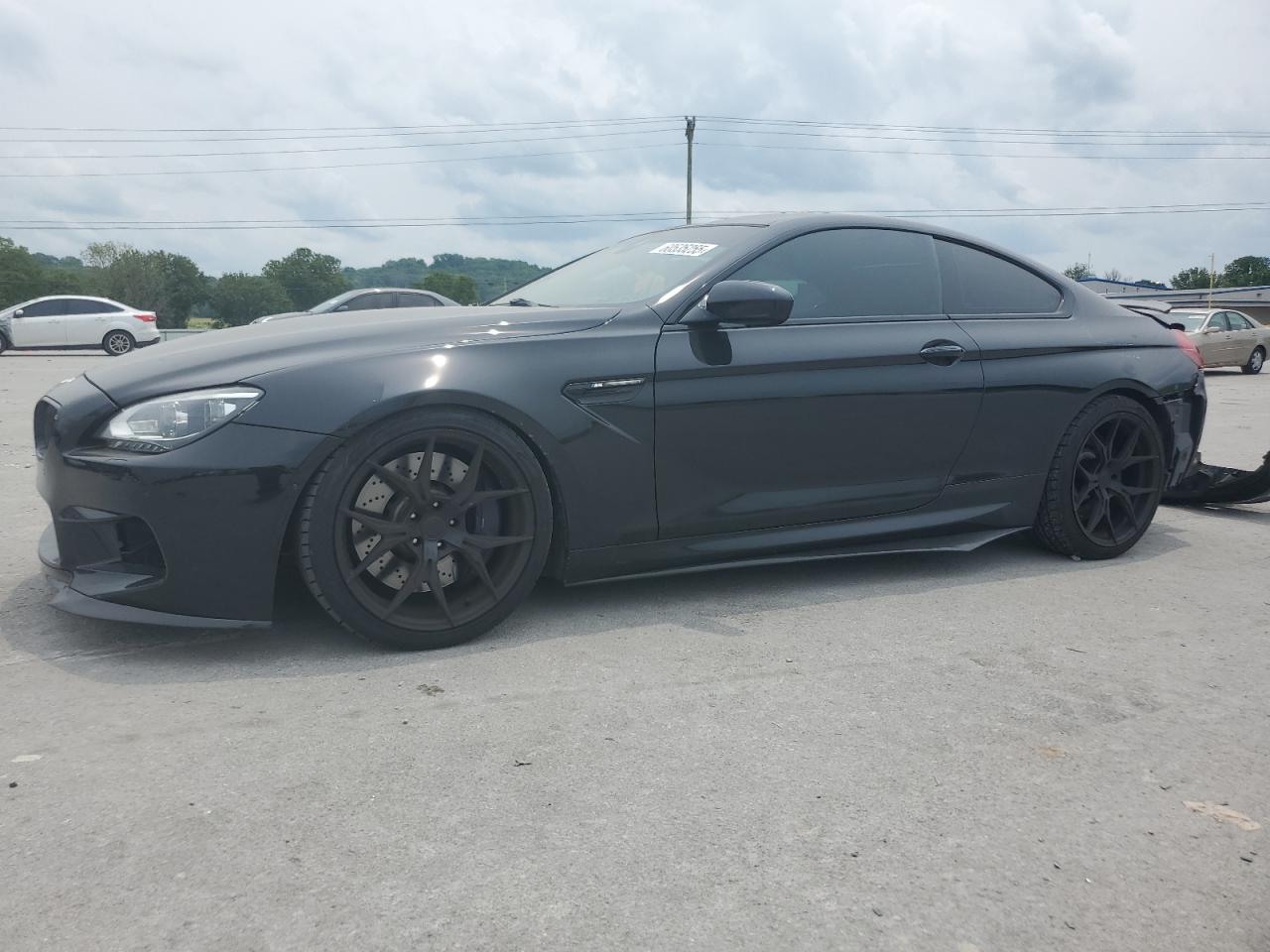2017 BMW M6 | WBS6E9C54HG437339
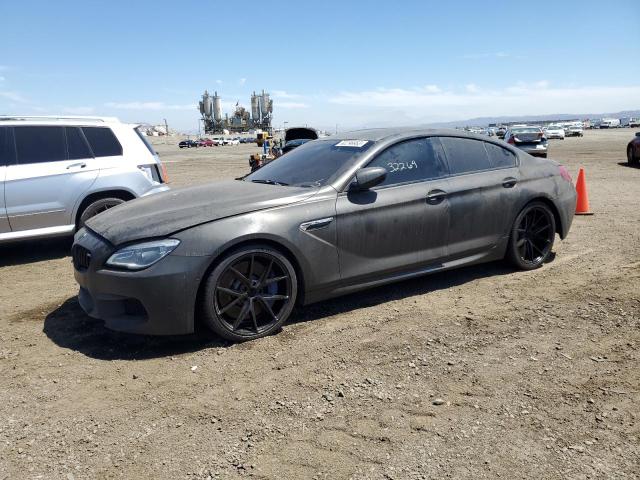 ❯
❯Lot details
- Sale Date2023-08-04
- Lot Number60296953
- Sale documentCA - SALVAGE CERTIFICATE
- LocationCA - SAN DIEGO
- Odometer32,269 miles (51,932 km)
- Primary DamageMECHANICAL
- Secondary DamageMINOR DENT/SCRATCHES
Vehicle specifications
1
~$125,000
Engine: 4.4L twin-turbocharged V8
Torque: 750 Nm
0–100 km/h: ~3.9 s
The F1x-generation BMW M6 blended grand touring luxury with crushing performance. At its heart was the S63 4.4L twin-turbocharged V8, delivering 560 hp in standard form and up to 600 hp with the Competition Package. Torque peaked at 750 Nm, and with launch control and rear-wheel drive, the M6 could sprint from 0–100 km/h in 3.9 seconds, despite weighing over 1.9 tons.
The M6 featured a 7-speed dual-clutch transmission (DCT) or a 6-speed manual in select U.S. models, giving purists and tech-lovers both options. Adaptive M suspension, an Active M Differential, and advanced drive mode configurations allowed drivers to tune throttle, steering, transmission, and suspension response individually. In Competition trim, stiffer anti-roll bars, a sharper steering rack, and revised exhaust tuning made the M6 more responsive and track-capable—without compromising refinement.
Though large and luxurious, the M6 delivered near-supercar performance wrapped in executive-class comfort. It was more of a high-speed autobahn missile than a canyon carver, but in the right hands, it could still outpace many dedicated sports cars with clinical precision and turbocharged thrust.
Final Bid BMW M6 (2017)
$11,100
$32,250
$70,000
Body Styles
The BMW M6 (2013–2019) was offered in three distinct body styles, each delivering high-performance capability combined with different expressions of luxury and practicality.
The M6 Coupé (F13) was a classic two-door grand touring coupé, defined by a long hood, short overhangs, wide fenders, and a low-slung roofline that flowed seamlessly into the rear deck. Its silhouette was muscular and purposeful, emphasizing rear-wheel-drive proportions with a cabin pushed far back toward the rear axle. At approximately 4.9 meters in length and over 1.9 meters in width, it had a wide, planted stance that projected power and agility.
The M6 Convertible (F12) shared the same aggressive proportions but featured a power-operated soft-top roof that folded beneath a rear deck cover. When lowered, it revealed a four-seat open cockpit designed for high-speed cruising with the wind in your hair. Additional structural bracing compensated for the lack of a fixed roof, preserving body rigidity without sacrificing comfort or handling refinement.
The most unique variant was the M6 Gran Coupé (F06) — a sleek and elegant four-door coupé with an elongated wheelbase (nearly 3 meters) and a sweeping roofline. This model combined the performance of a sports coupé with the usability of a luxury sedan, offering full rear seating access and increased legroom. Frameless doors and a tapered glasshouse gave it a dynamic, coupe-like silhouette despite the extra doors.
All body styles featured signature M styling cues, including flared wheel arches, quad exhaust outlets, aggressive air intakes, sculpted side skirts, and 19- or 20-inch alloy wheels. Visually, they balanced aggression and sophistication, with aerodynamic efficiency and expressive surfaces crafted to reflect the M6’s dual nature as both a track-capable machine and a luxury grand tourer.
Model Name Meaning (Manufacturer)
“M” stands for Motorsport, BMW’s high-performance division, while “6” places it within the 6 Series family of luxury GTs. The M6 follows a lineage of performance coupes dating back to the original E24 M635CSi of the 1980s, cementing its identity as a grand tourer with serious track credentials.
Model Name Meaning (Languages)
Though alphanumeric, the “M6” badge is internationally recognized and phonetically clear. In the automotive world, “M” is instantly associated with precision, power, and dynamic excellence. The number “6” aligns with executive-grade sophistication, and the combination communicates both aggression and elegance.
Body & Interior Colors and Rims
The BMW M6 (F06/F12/F13) was offered in a sophisticated yet assertive palette of exterior colors, blending classic BMW elegance with the aggression expected of an M model. Standard finishes included Alpine White, Black Sapphire Metallic, Singapore Grey, San Marino Blue, and Space Grey, while more expressive hues like Sakhir Orange, Austin Yellow, Imola Red, and Silverstone II catered to performance-oriented buyers seeking visual drama. Through the BMW Individual program, customers could also choose from exclusive paints such as Frozen Bronze, Tanzanite Blue, Frozen Brilliant White, or Pure Metal Silver, each featuring unique metallic or matte textures with deep, hand-finished clarity.
The interior showcased a blend of high-performance aesthetics and luxury refinement. Standard upholstery included Extended Merino Leather in tones like Black, Silverstone, and Sakhir Orange, while Full Merino Leather and BMW Individual trims expanded choices to Cohiba Brown, Platinum, or Opal White with contrast stitching. High-gloss Carbon Fiber trim was standard across most models, but optional inlays included Fineline Wood, Piano Black, and Aluminum Trace. M6-specific elements like the thick-rimmed M steering wheel, illuminated M logos on seatbacks, and instrument clusters with red accents reinforced the car’s performance DNA.
All variants rode on lightweight forged alloy wheels, typically measuring 19 inches as standard and 20 inches as optional. Wheel designs ranged from twin 5-spoke and double-spoke styles to M-specific multi-spoke designs, available in finishes such as Ferric Grey, Orbit Grey, Jet Black, or Machined Silver. Behind the wheels, blue-painted M compound brake calipers (or optional gold calipers with carbon-ceramic brakes) added a touch of motorsport style and stopping power to match.
Top Expensive Options
- Competition Package (600 hp, sharper suspension, retuned exhaust): $7,300
- BMW Individual Paint/Interior Customization: $5,000–$10,000
- Full Merino Leather with Contrast Stitching: $3,500
- M Carbon Ceramic Brakes: $9,250
- Bang & Olufsen High-End Surround Sound System: $3,700
- Driver Assistance Plus (Active Blind Spot, Lane Departure, Surround View): $1,900
- Executive Package (Ventilated Seats, Head-Up Display, Soft-Close Doors): $2,800
- Adaptive LED Headlights with Auto High Beam: $1,400
- Carbon Fiber Roof (standard on Coupe, optional elsewhere): Included
- Night Vision with Pedestrian Detection: $2,300
vs Competitors
The M6 competed with the Mercedes-AMG S63 Coupe, Audi RS7, and Porsche Panamera Turbo. Against the AMG, the M6 was lighter and more focused, though less opulent. Compared to the RS7, it was more dynamic but less practical. The Porsche offered sharper handling and more interior tech, but at a significantly higher price point. The M6 carved out its niche as a luxury performance GT that didn’t compromise on straight-line performance, customization, or long-distance comfort.
Its biggest strength was value-to-performance ratio and tuning potential. With the S63 engine, enthusiasts regularly tuned the M6 to over 700–800 hp with simple modifications—turning it into a true autobahn predator.
Fun Fact
The F13 M6 Coupe with Competition Package could lap the Nürburgring in under 7:50, despite weighing over 1,900 kg. The engine, the S63TU, also powered the BMW M5, X5 M, and M8, and is widely regarded as one of the most tunable modern BMW engines. The M6 Gran Coupé, in particular, has gained cult status as a sleeper super sedan — combining the sleekness of a coupe with M5 levels of aggression and exclusivity.



